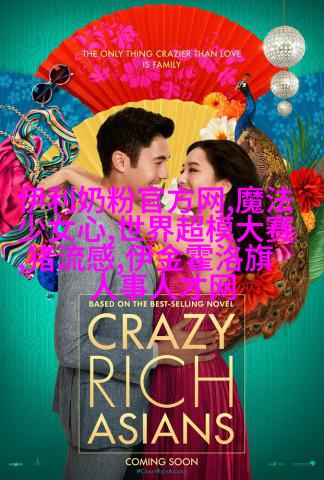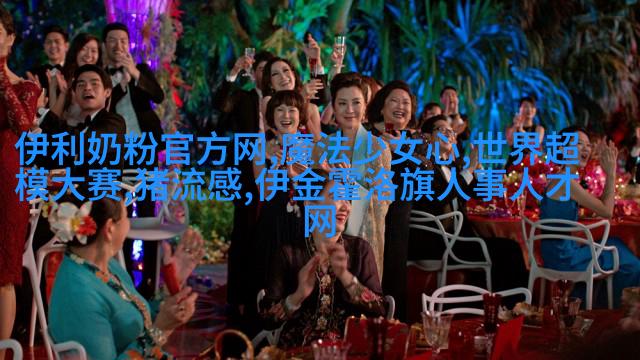The Vintage Vibes of Retro English A Journey Throu
Retro Revival

In the world of language, there is a revival of sorts happening. It's not about learning new words or grammar rules, but rather embracing the charm and elegance of a bygone era. This phenomenon has led to an increased interest in retro English, a term that encompasses various aspects of the language from decades past.
A Brief History

To understand retro English better, we need to take a step back in time and explore its origins. The concept can be traced back to the early 20th century when writers like Virginia Woolf and Ernest Hemingway were experimenting with different styles that would eventually become known as modernist literature. Their use of simple yet evocative language was quite revolutionary for its time.
Characteristics & Features

So what makes retro English so unique? For one thing, it's characterized by simplicity and clarity – authors didn't have the luxury of using complex vocabulary or convoluted sentences because they were writing primarily for mass audiences who might not have had access to higher education or extensive libraries.
Influence on Modern Literature

While retro English may seem like an old-fashioned relic from another age, it has actually had a significant influence on contemporary literature as well as popular culture at large. Authors such as Ian McEwan and Donna Tartt have been praised for their ability to blend elements of both modernism and classic storytelling techniques into their works.
Conclusion & Future Prospects

As we continue our journey through time with this fascinating subject matter, let us remember that even though technology may advance at breakneck speeds (and change our ways), certain timeless qualities will always remain relevant – including those found within vintage languages like retro English itself which holds onto some special kind-of magic that transcends generations!